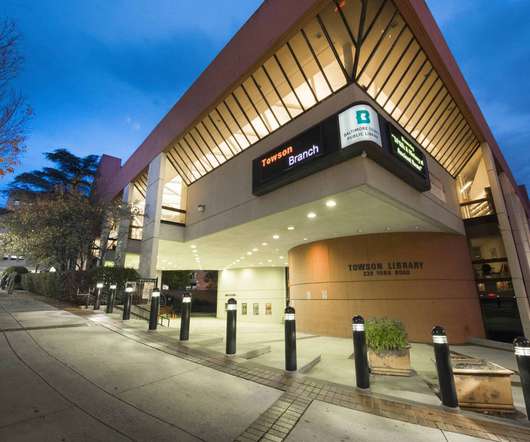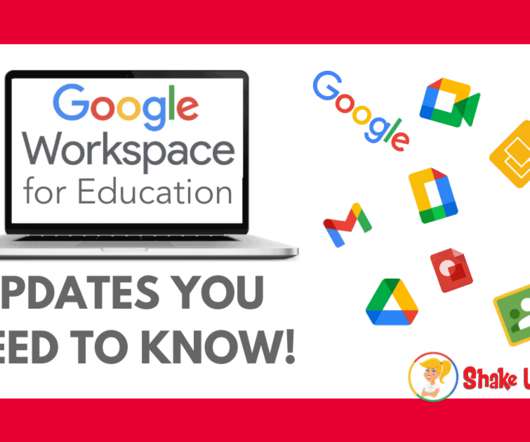3 Levels of Connectivity K–12 Schools Should Consider
EdTech Magazine
NOVEMBER 5, 2018
How much speed do you need? Here are three different areas of connectivity K–12 IT teams may want to consider when deciding how to configure their schools’ networks: MORE FROM EDTECH: Check out how K–12 schools are preparing their infrastructures for IoT integration! Individual Classroom Technology Use. by Calvin Hennick.

























Let's personalize your content